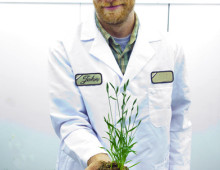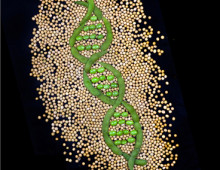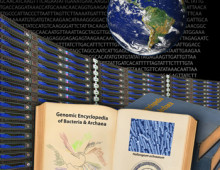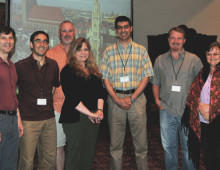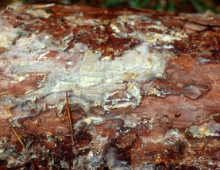JGI & NERSC Partner for Genomic High-performance Computing
WALNUT CREEK, CA—The Department of Energy Joint Genome Institute (JGI) and the National Energy Research Scientific Computing Center (NERSC) Division have joined forces to create a more robust computational infrastructure for the world’s leading generator of DNA sequence information for bioenergy and environmental applications. “We evaluated wide a variety of options,” said Vito Mangiardi, JGI’s… [Read More]
